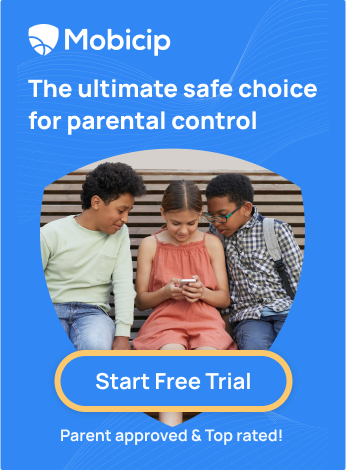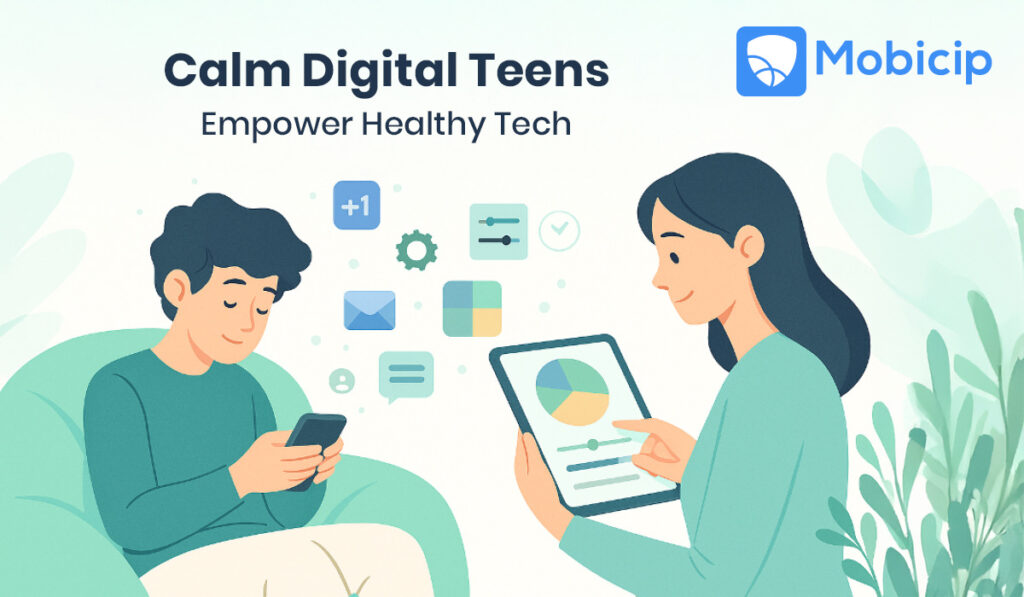Notification Addiction in Kids: Why Every Ping Pulls Them In
Notification addiction in kids isn’t about weak willpower — it’s the result of how alerts are designed to hijack attention. Behind this distraction are powerful forces — brain chemistry, social pressure, and persuasive app design that keeps them hooked. Tools like Mobicip help parents set healthy screen limits and restore balance. Learn more about how these forces shape behavior as you read on.
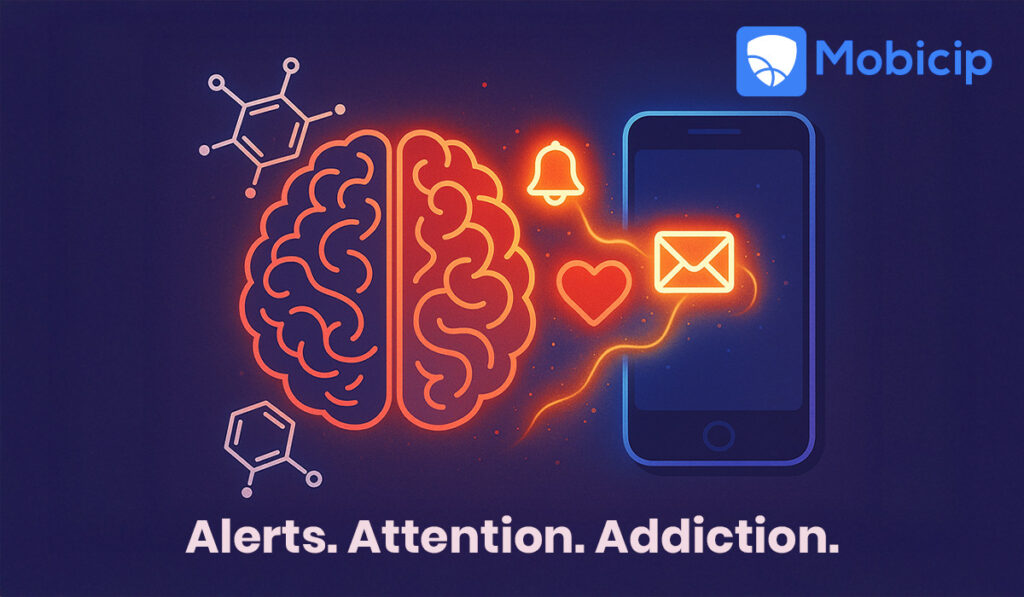
Hooked on the Ping: Notification Addiction in Kids
If you’ve ever noticed your teen glancing at their phone every few minutes — even when there’s no sound — you’re not imagining it. A recent study by musicMagpie found that Gen Zs get about 181 alerts daily, with Thursdays peaking at 208 notifications. Even Sundays, supposedly a day of rest, bring around 158 notifications. It’s no wonder many teens (and their parents) feel constantly “on call.”
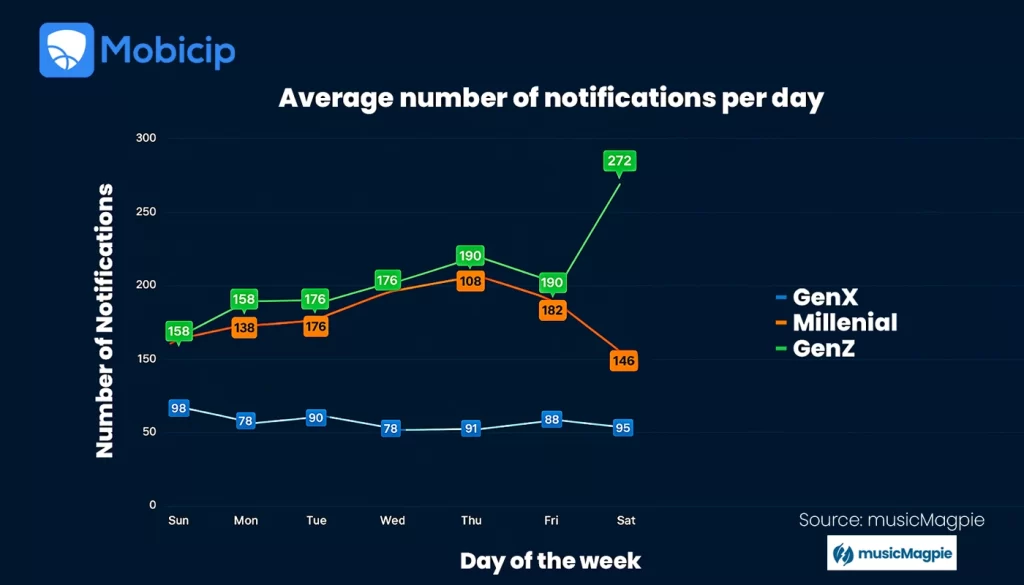
Here’s more staggering data from the study. Gen Zs had an average of 11,289 unread notifications, with one person reporting nearly 100,000 unopened emails.
Notifications don’t just grab attention by chance. Three main forces make them so hard to resist: biological, psychological, and social factors. Understanding how these forces interact helps explain why kids — and even adults — find it so difficult to ignore the next ping.
The Biological Pull: What Notifications Do to the Brain
Smartphone notifications may seem like tiny interruptions, but each one triggers a series of biological reactions that subtly reshape how our brains work. Each alert, either visual or sound, sets off a chain reaction in the brain’s reward and attention systems, making it incredibly difficult to ignore.
Here’s what’s happening beneath the surface:
- Dopamine release: The brain releases dopamine, a chemical that drives motivation, learning, and reward. Notifications trigger dopamine because of anticipatiory excitement. This unpredictability keeps the brain hooked, making us reach for our phones again and again. Over time, this reward loop can become addictive, much like gambling or other dopamine-driven habits.
- Attentional hijack: When a notification appears, the brain quickly redirects attention to evaluate its importance. EEG studies show reduced theta waves (linked to deep focus) and increased alpha and beta waves (linked to alertness and restlessness).
- The orienting reflex: The brain automatically reacts to any sudden or meaningful sound through the orienting reflex. In real-world settings, like classrooms, students performed worse on memory tests when a phone rang during a lecture, even if it wasn’t their phone.
- Performance disruption: Receiving calls or texts during focus-based tasks increases errors and slow reaction times compared to working without interruptions. What’s striking is that even the expectation of a notification — simply knowing one might arrive — can divide attention and reduce mental efficiency.
- Mental energy drain: The brain functions like a high-powered computer with limited processing capacity. Despite weighing only about 2% of the body, the brain uses roughly 20% of its total energy, meaning every alert draws on valuable mental fuel. Over time, this steady drain leads to faster fatigue and diminished focus.
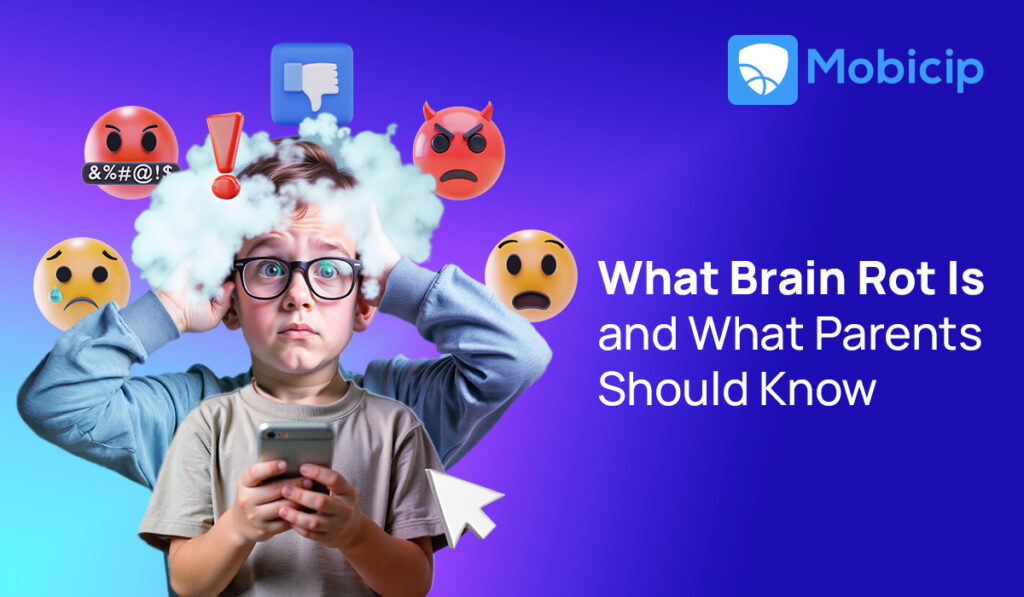
The Psychological Grip: How Notifications Play with the Mind
If the biological effects of notifications hijack our brain’s wiring, their psychological effects manipulate how we think and feel. Notifications are designed to press all the right cognitive buttons — the quirks of human psychology that once helped us survive, but now keep us scrolling, checking, and replying long after we intended to stop.
- The Zeigarnik Effect: The brain remembers unfinished tasks better than completed ones. Every new alert adds another “to-do” item in your mental inbox. With dozens of pings a day, it’s easy to see why so many of us live in a constant state of low-level anxiety.
- Social Validation: We’re social beings wired to seek approval. In the digital world, that instinct shows up as likes, follows, and shares. A new notification feels like a tiny dose of social reward — someone noticed me! Add the pressure to respond or reciprocate, and you have an endless loop that benefits app makers far more than users.
- The Illusion of Progress: Reacting to notifications feels productive, but it’s really a distraction. The brain confuses activity with achievement, breaking our focus again and again. For kids, especially those with ADHD, these micro-interruptions can derail learning and attention.
- Loss and Salience Biases: We fear missing out more than we value calm, so each ping triggers a jolt of urgency — what if it’s important? That’s why alerts are red: the color of danger, designed to hijack attention.
- Restraint and Attentional Biases: We overestimate our self-control, believing we can ignore alerts, yet our brains automatically orient to the buzzing device nearby. That reflex keeps our focus fractured — and our minds never fully at rest.
The Social Web: Why Notifications Tap Into Our Need to Connect
Beyond chemistry and cognition, notifications prey on one of our most fundamental human drives — the need to belong. For most of human history, survival depended on social bonds. Acceptance by the group ensured safety, while ignoring or excluding someone could bring danger. Our brains still respond to social cues — approval, attention, acknowledgment — as if they’re essential to our well-being.
- Social Validation Loop: Every notification — a like, comment, or message — signals that someone has noticed us. The brain interprets this as social approval, releasing dopamine and reinforcing the desire for more. Over time, the brain forms a loop of seeking and reward that makes ignoring a message feel as uncomfortable as being left out of a real-life conversation.
- Social Pressure and Reciprocity: Digital life also introduces new forms of social obligation. We feel compelled to reply quickly, react to a friend’s story, or return a “like.” Failing to do so can spark guilt or anxiety, especially in teens who fear being left out or overlooked. What feels like staying connected is often a cycle of social pressure — one that keeps us constantly “on.”
- The Attention Economy: Ultimately, notifications don’t just connect us — they monetize us. Each response, reaction, and scroll feeds an ecosystem designed to profit from engagement. In other words, our ancient need for belonging has become big business.
Taking Back Control: Practical Ways to Tame Notifications
Completely disconnecting isn’t realistic — but taking back control is. The key is to create boundaries that put you, not your phone, in charge.
Start by turning off nonessential alerts in your child’s devices— social media likes, promotional emails, and app updates that add noise but no value. Designate specific times for them to check messages instead of reacting instantly. Simple changes like keeping your phone out of their reach during meals, study sessions, or bedtime can dramatically reduce mental clutter and improve focus.
For parents, these strategies work best when combined with digital tools designed for family balance. Mobicip, for instance, helps parents manage how and when children use devices. You can:
- Set daily screen limits so kids stay off their phones for most of the day.
- Block distracting or age-inappropriate apps during homework or study hours.
- Monitor app activity and track how much time is spent on social media or games.
- Schedule “focus time” or “family time” when notifications are paused completely.
- Encourage digital mindfulness by gradually reducing unnecessary alerts.
By using tools like Mobicip alongside mindful habits, families can restore calm to their digital routines. The goal isn’t to ban technology — it’s to build healthier, more intentional relationships with it. When we control our notifications, we regain control of our attention, time, and peace of mind.


